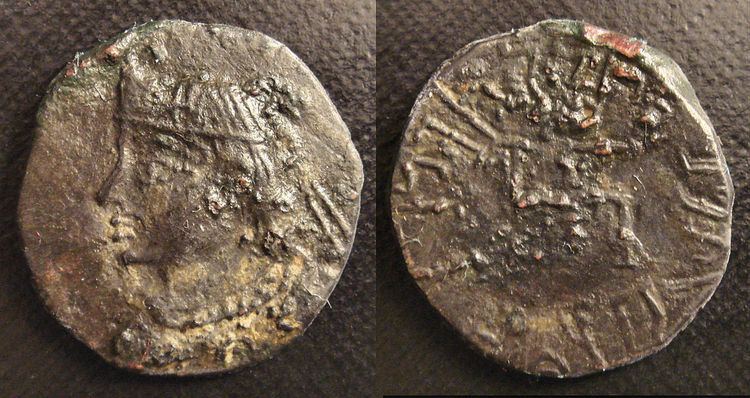 | ||
The Pāratarajas were a dynasty of kings who ruled an area that is now in the Pakistani province of Balochistan, from the 1st century to the 3rd century CE.
Contents
The dynasty of the Pāratas is thought to be identical with the Pārthava of Iranian literature, the Parthians of Greek literature, and the Pāradas of Indian literature.
Numismatics
The Pāratas, an Iranian people and ruling dynasty from what is now western Pakistan, are known essentially through their coinage, which typically exhibit the bust of a particular monarch on the obverse (having long hair within a headband), and a swastika within a circular legend on the reverse in Kharoshthi (usually copper coins) and sometimes in Brahmi (usually silver coins). Coins depicting Pārata monarchs have been found in and around the district of Loralai, Balochistan, western Pakistan. This may have been their capital.
Rulers
The Paratarajas rulers were as follows:
